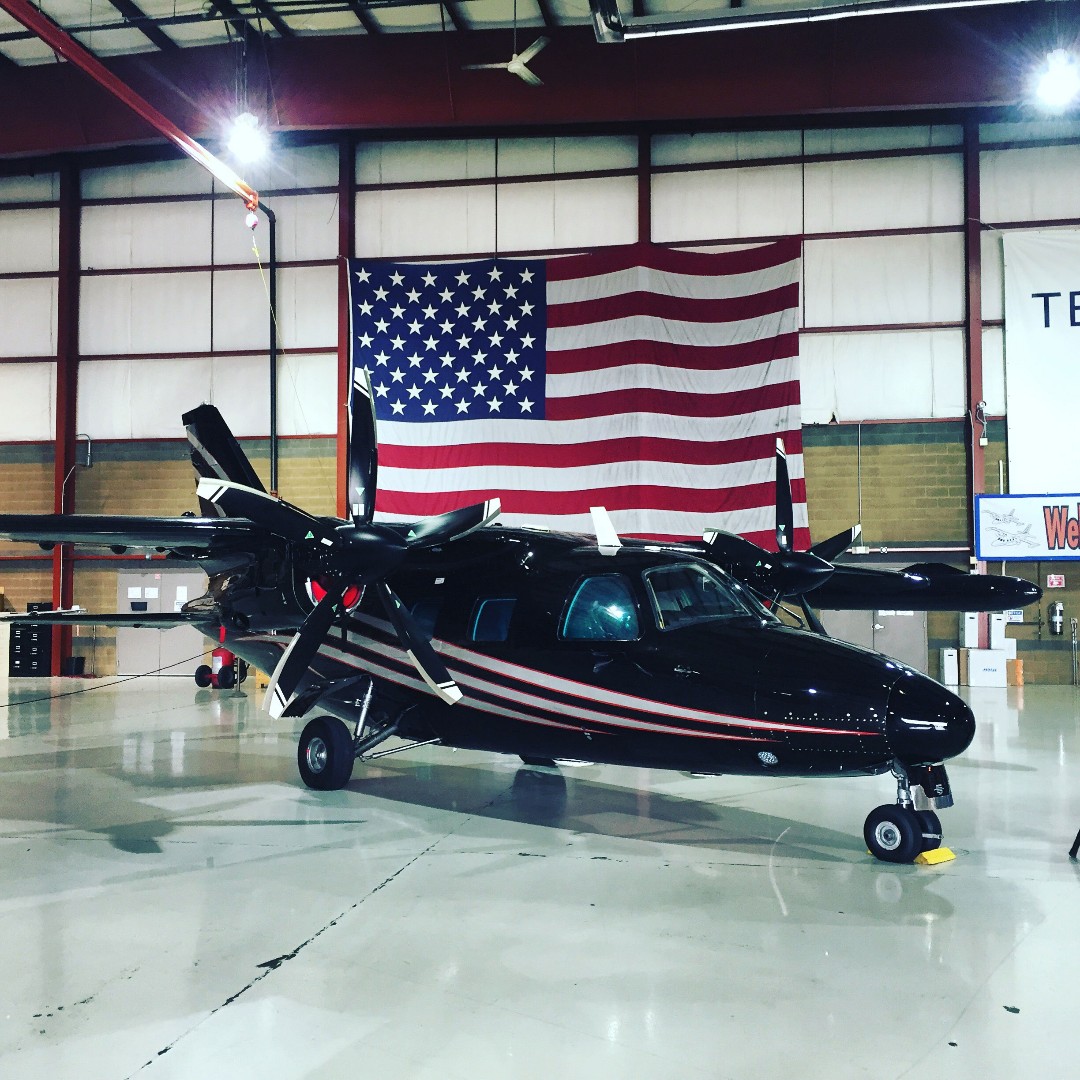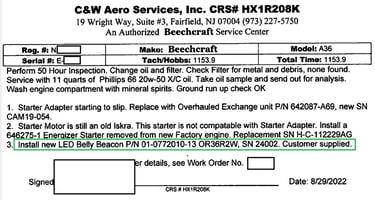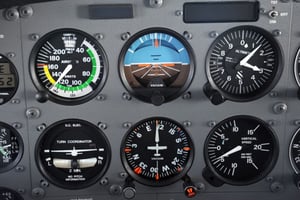Old engine logs are defined as the logbooks prior to the a major overhaul or remanufacture of the...
The MU-2 - An amazing airplane that is much safer than you think!

We just got back from the PROP 2016 event in Cincinnati which is one of the MU-2 owner conventions that happens once every other year (there were three this year around the country). We went into it thinking these planes were dangerous lawn darts, but came out with a new found admiration and respect for the airplane. In this post we are going to share some amazing facts we learned as well as some pictures of this beautiful airplane.
The MU-2 has a bad reputation because when it was first introduced, there was no required instruction for the airplane. Unfortunately, this lead to many deaths because the MU-2 is a unique plane that has characteristics that are unlike any other twin turboprop. If you fly this airplane by the numbers (i.e. according to the POH), it can be one of the safest airplanes you can fly. If you get into the plane thinking your twin engine turboprop training you have in the King Air, for example, applies to this airplane, you may find yourself in a dangerous situation. For example, the air flow over the elevator generated by the engines during landing is required to keep control over the airplane during slow flight/landing. If you pull the throttle completely to idle like you may do in other twin engines, you will likely have a bad landing.
Here are some amazing facts about the MU-2 that we hope you enjoy:
- The MU-2 is the safest airplane in it's class (twin turboprop) since the introduction of the SFAR in 2008.
- The MU-2 can haul a ton cheaply and quickly. You can fit 5 px in the short body, 6 in the long body (and each has a captain's chair!), full tanks and cruise at 290-320 kts (long body v short body). It can easily move you 1500NM.
- The MU-2 is the only airplane recognized by the FAA to be capable of safely escaping severe icing. Let me say that again - out of all the airplanes the FAA recognizes (commercial airliners included), the MU-2 is the most capable when it comes to icing conditions.
- The MU-2 uses spoilers - not ailerons - to roll. This means that in a stall situation, the rate of roll is the same as when the plane is at cruise. This can be dangerous if you expect sluggish control and over do it on the inputs, but fantastic if you know what to expect because you maintain a great deal of control in the stall.
- The MU-2 employs the Garrett engine as opposed to the PT-6 that you routinely see on King Air's, for example. The Garrett has a bad rep for being incredibly loud (hence the "MU-2 salute" of covering your ears when you are around one), especially compared to the PT-6. However, the Garret is only loud on taxi - on take off and cruise, the engine is actually quieter!
- The Garrett engine varies only slightly in RPM when at idle compared to full power. Unlike the PT-6 which generates thrust by increasing RPM, the Garrett generates thrust by adjusting the angle of the propellers. This results in more "bite" which requires more fuel or energy to support, but does not require an increase in RPMs. This means instant power!
Looking to buy an MU-2? We highly recommend you attend the PROP events. We saw numerous people there who were in the market and there to learn. If you do become a lucky owner of an MU-2, we also highly recommend you get training at SIMCOM. We spoke at length with Tom Goonen from SIMCOM and we were blown over by his knowledge of the airplane. And he's not just a sim guy - he's got over 4000 hours in the MU-2 alone and was a Naval Officer. And the best part - he teaches you hwo to fly the airplane according to the POH, which is crucial to ensure safety. Here's a video of Tom flying slow and low at PROP 2016. Here's video of Tom flying slow and low at PROP 2016. of Tom going slow while his wingman does 250kts and displays an impressive rate of climb.



